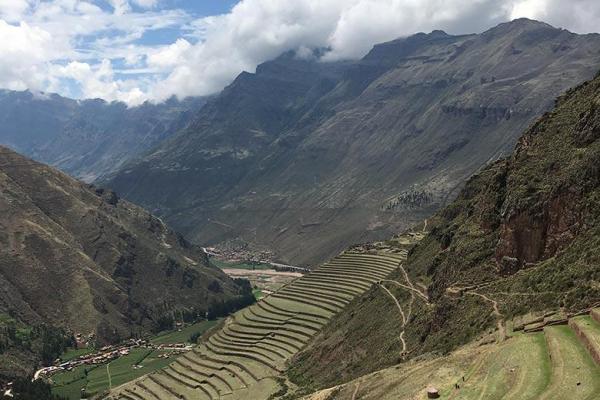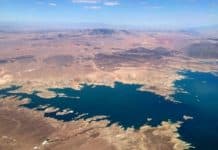
PALO ALTO, Calif., April 7 (UPI) — The growth of early human societies in South America look a lot an invasive species’ conquest of new habitat.
Today, humans are less constrained by the limits of nature. Thousands of years ago, however, the availability of local resources strictly governed the growth of human settlements and societies.
Researchers at Stanford University plotted the population growth and distribution of early South American societies using data from dozens of archaeological sites, including more than 1,000 radiocarbon dates. Scientists found that the ebb of flow mimicked that of invasive species.
The findings — detailed in the journal Nature — revealed two unique phases of population growth, the first occurring between 14,000 and 5,500 years ago. The initial phase featured a dramatic population explosion, with early settlers spreading out across the continent.
As biologists see with many invasive species, these early humans suffered a decline as a result of over-exploitation. The rapid early growth of these human populations bumped up against the upper limits of the available resources.
This recession with the loss of megafauna species like sloths, mammoths and saber-toothed cats — some of the largest mammals Earth has known.
The subsequent growth phase happened between 5,500 to 2,000 years ago and featured exponential growth. Researchers say this growth was the result of the transition to sedentary societies — a transition made possible by intense agricultural production and trade.
The patterns of growth seen in South America are distinct from those in North America, Europe and Australia, but can still offer insight into the nature of population growth today.
For most species, the limits of the natural world offer an upper limit to carrying capacity. Most populations plateau. It’s unclear if and when humans will be subject to similar limits.
“The question is: Have we overshot Earth’s carrying capacity today?” senior author Elizabeth Hadly, a biologist at Stanford, asked in a news release. “Because humans respond as any other invasive species, the implication is that we are headed for a crash before we stabilize our global population size.”
“Technological advances, whether they are made of stone or computers, have been critical in helping to shape the world around us up until this point,” added co-lead author Alexis Mychajliw, a graduate student in biology. “That said, it’s unclear if we can invent a way out of planetary carrying capacities.”






